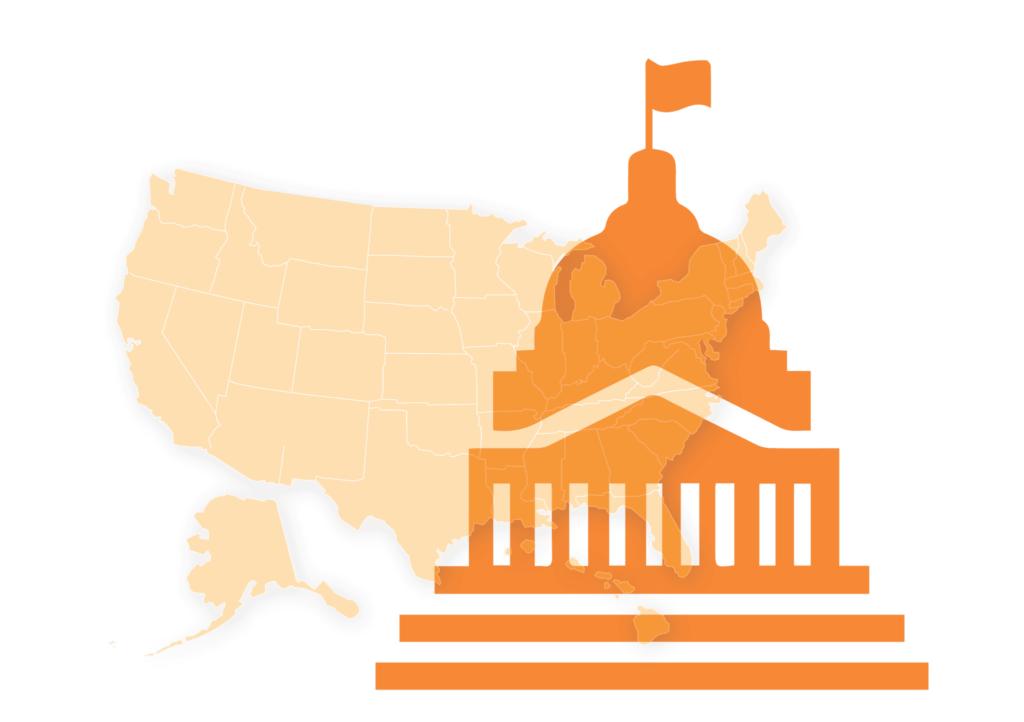RE: Opportunities and Responsibilities for State and Local Report Cards Under the Elementary and Secondary Education (ESEA) Act of 1965, as amended by the Every Student Succeeds Act (ESSA) of 2015
Dear Secretary DeVos
On behalf of The Education Trust, an organization dedicated to closing long-standing gaps in opportunity and achievement that separate students from low-income families and students of color from their peers, thank you for the opportunity to provide further comments on the Department’s final guidance interpreting the “Opportunities and Responsibilities for State and Local Report Cards Under the Elementary and Secondary Education (ESEA) Act of 1965, as amended by the Every Student Succeeds Act (ESSA) of 2015.”
In The Education Trust’s April 2019 public comments on the Department’s proposed guidance, we wrote, “While the Department’s draft nonregulatory informational document provides helpful clarifications to states and districts about which data to report and how to report them, it must do more to ensure that state and district report cards are as useful as possible for their intended audience — families.” While we appreciate the changes the Department made to the address the spirit of our prior comments, we believe this guidance must go beyond identifying which data states and districts should report and do more to provide guidance for how to report that data so that parents and families can access and interact with the information needed to ensure their child receives an equitable, excellent education.
Data Disaggregation
Aligned with our comments, the Department made minor edits to make the requirements for student group disaggregation more prominent. Notably, as we recommended, the Department clarified that the requirement to report data disaggregated by different groups of students is different from the requirement to provide cross-tabbed data. The Department also clarified that those cross-tabbed data does not need to appear on report cards (Question B-4, footnote).
Accessibility
Based on our prior comments, the Department should suggest to states several additional measures to make sure that parents and families can easily find needed information. To improve the accessibility of report cards, we recommend that The Department suggest that:
- States and LEAs take steps to maximize the likelihood that report cards will be easy to find via search engine, such as searching for “[State name] school report card.”
- States and LEAs ensure that users have to click only once or twice from the SEA’s or LEA’s homepage in order to find the single webpage on which the report card is available.
- In order to meet ESEA’s requirement that report cards be in a uniform format, SEAs may decide to prepare report cards for its LEAs and schools.
Statewide Accountability Systems
Aligned with our prior comments, the Department made changes to shift responsibility for underperformance from the student to the system (Question E-4). We continue to encourage the Department to make these additional changes:
- We recommend that the Department add language to section E-4 encouraging SEAs and LEAs to present important student achievement and opportunity‐to‐learn data disaggregated by student group in a summary page, and that engaging visuals be used wherever possible.
- We recommend that the Department add language to section E-4 encouraging states to display both the school rating from the state’s accountability system and the school identification status (comprehensive support and improvement, targeted support and improvement, or additional targeted support and improvement) near each other on the school report card.
- We recommend that the Department add language to section E-4 encouraging states to display — for each indicator — schools’ results for students overall and for each student group on the same page.
Civil Rights Data Collection
Discipline
The ESEA requirement that report cards include data on out-of-school suspensions can help parents and community members assess practices that might unfairly impact one student group over another. However, the guidance provides states an option to meet this reporting requirement by reporting instances of suspension — which does not disaggregate the data by race/ethnicity, gender, or EL status. Such an option cannot possibly provide accurate information to parents and community members on disproportionate suspension rates, so the guidance should not point states to it.
- In the response to question F-2, we recommend that the Department encourage states to use the measures on students who received one out-of-school suspension and/or more than one out-of-school suspension when choosing the out-of-school-suspensions measure.
Accelerated Coursework
The Department added a new question/response to provide additional guidance for calculating the percentage of students enrolled in advanced coursework since CRDC does not include enrollment by grade: States should apply the total school enrollment for high schools or apply the proportion of students in grades 9-12 to total school enrollment reported in CRDC (Question F-4).
ESEA requires that report cards include CRDC data on the number and percentage of students enrolled in “accelerated coursework to earn postsecondary credit while still in high school, such as Advanced Placement and International Baccalaureate courses and examinations, and dual or concurrent enrollment programs.” In the response to question B-2, the Department suggests that data on the “percentage of students completing accelerated coursework and the rate of students attaining a score that provides college credit on accelerated coursework tests (e.g., Advanced Placement (AP), International Baccalaureate (IB), and courses for college credit)” are optional. It would be confusing to include the latter metric when the law clearly requires reporting of the former.
- We recommend that the Department revise the accelerated-coursework bullet point in the response to question B-2 to make it clear that data on access is required, but states may choose to also include data on completion and success in those courses and programs.
Preschool Enrollment
ESEA requires that report cards include the CRDC data on the number of children enrolled in districtoperated preschool programs. But we know that simple enrollment numbers—without an appropriate denominator—will not tell us whether the district-run programs are meeting a community’s needs.
- We recommend that in the response to question F-3, in addition to suggesting that SEAs and LEAs could include data on children enrolled in preschool programs not included in the CRDC, the Department add guidance to support and encourage states and districts to identify the appropriate denominator (e.g., the number of 3- and 4 year-olds in a community) to calculate the percentage of children who are enrolled in district-operated preschool programs.
We remain concerned that report cards will include simple enrollment numbers— without an appropriate denominator—and will not tell us whether the district-run programs are meeting a community’s needs (Question F-3).
Privacy
Aligned with our comments, The Department made minor changes to provide a more balanced view of the privacy risks associated with aggregating school-level data (Question F-15).
The Department added note in earlier section of the document that ED will provide more information about applying privacy protections to report card data (Question A-10).
LEA and State Aggregations
Aligned with our comments, the Department indicated that it might be useful to include district and state-level aggregations to help users interpret school-level data (Question F-15).
Educators
The ESEA requires the state to collect and report multiple types of data on student access to strong teaching. While the law only mandates that some of those data points be published on the report cards, all ESEA-required data on students’ teacher assignments should be included if the report cards are going to be useful to parents. Therefore, we recommend that, in the response to question B-2, the Department encourage states to include on report cards data showing whether low‐income students and students of color are taught by ineffective, out‐of‐field, or inexperienced teachers at higher rates than other students, as mandated in section 1111(g)(1)(B) of the ESEA.
Report Card Formatting & Design (Overall and Per Pupil Expenditures):
The Department did not make changes to address our comments to provide additional written guidance on visualizing data. However, the Department did add a new appendix with examples of how states might display critical report card data. The examples are visually appealing and easy to understand, but do not represent comprehensive guidance for how states might design their report cards (Appendix B). We continue to encourage the Department to provide guidance and additional resources for developing report cards so that they are easy to find and understand.
Thank you for the opportunity to provide further comment on this important topic. At The Education Trust, we look forward to monitoring the Department’s efforts in this area to guarantee that parents and families receive and understand the information necessary to ensure their children have access to an equitable, excellent education.
Sincerely,
Ary Amerikaner
Vice President for P-12 Policy, Research, and Practice
The Education Trust







 October 24, 2022 by
October 24, 2022 by